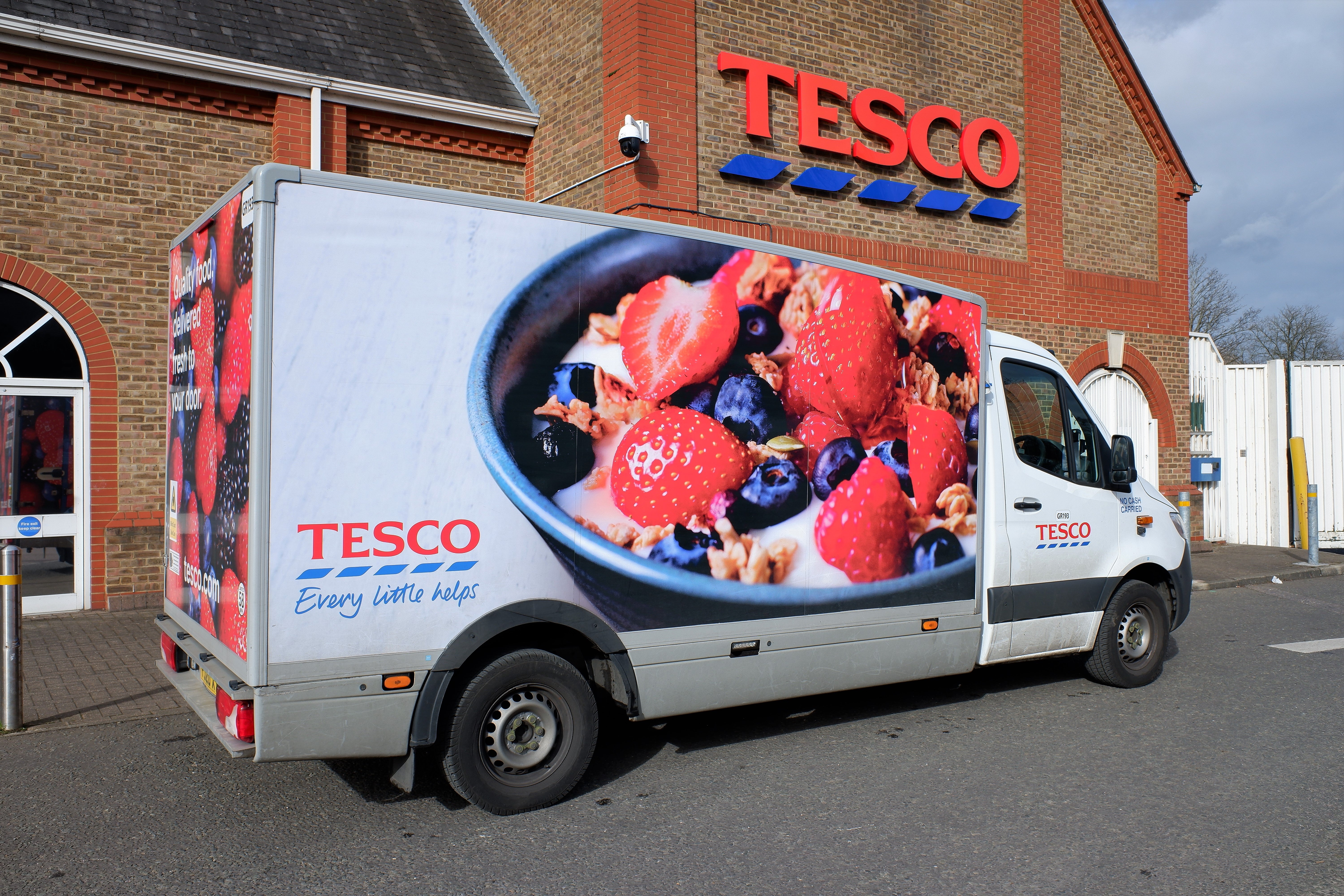Tesco profits leap to £1.2bn — and shoppers are the ones out of pocket
Whatever you pick from the supermarket’s latest numbers, this is a business doing very well at a time when many shoppers are struggling, says James Moore. Is it time for the regulator to step in?


Once upon a time, Tesco was the undisputed master of all it surveyed, gobbling up market share until it became known as the “supermarket that ate Britain”.
Then Sir Terry Leahy stepped down as chief executive (at just the right time) and the edifice crumbled as his successor Philip Clarke made the mother and father of all messes.
Looking at the latest set of results, it is clear that the supermarket is ready to chow down again, even after competition from the likes of Aldi and Lidl, where the low price but limited-choice model benefited from the cost of living crisis. Sir Terry never had to grapple with such enemies. But today’s Tesco, led by Ken Murphy, has been gaining market share and making money.
This presents Tesco with something of a dilemma: with so much political focus on supermarket prices – and even members of the Bank of England’s Monetary Policy Committee using words such as “greedflation” to describe businesses pushing through unfair price rises – a 207 per cent rise in pre-tax profits to £1.2bn looks unseemly. Offensive, even.
This is why the supermarket would guide you towards what it calls (draws in breath) “adjusted operating profit”. This measure excludes some chunky one-off costs that lowered last year’s profits, thus making this year’s headline numbers look less obscene by comparison. There’s a debate over whether companies should do that (although not in the City of London, because “one offs” do matter) but even Tesco’s “adjusted operating profit” was up 14 per cent at £1.48bn.
Whichever number you pick, this is a business doing very well at a time when many shoppers are struggling. Tesco was clearly alive to the potential for blowback; even the analysts’ presentation – aimed at the City, which wants companies making as much cash as humanly possible – was peppered with phrases such as “magnetic value” (ugh) and promises to cut prices and support customers.
Tesco convenience stores are pricier than its larger outlets, but own brand products – up to 40 per cent cheaper than branded goods – now occupy a higher proportion of the available space in them. Tesco also said it had “reformulated and improved” 1,150 own brand products, including the relaunch of fresh fish and pasta ranges, while cutting the price of 2,500 lines from bread to broccoli. There were references to a “mission” over the concept of “dinner for tonight”. (How on earth is that a “mission”?) But it does seem to have tempted consumers.
All this contributed towards greater market share, which now stands at 27 per cent. Tesco has been picking up business from the likes of Waitrose and M&S, at the premium end of the market. It is probably true that there are shoppers who still can’t bring themselves to darken Aldi’s doors but can more easily stomach Tesco where they will find an enhanced range of products price-matched to Aldi.
Tesco’s strategy is working, and very effectively. Sales are on the rise. Profits are booming as Morrisons and Asda struggle (Sainsbury’s is holding its own). It may soon become pertinent to raise a question about Tesco: how big is too big? And does the Competition and Markets Authority need to find an answer?


Join our commenting forum
Join thought-provoking conversations, follow other Independent readers and see their replies
Comments